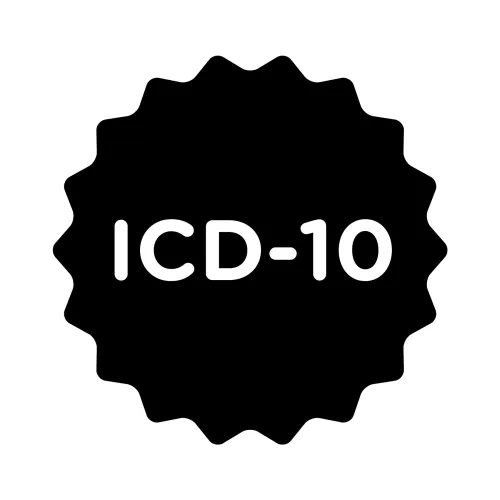Learn These Foundational Phrases That Build ICD-10 Code Sets

Good news: Many go-to terms will be familiar to your staff.
The focus for many physicians and coders as they prepare for ICD-10 implementation is how a common diagnosis will be reported under the new system. But don’t overlook some of the most important foundations of ICD-10: key terminology and coding conventions.
To begin getting to know the ICD-10-CM code set, crack open your coding manual or access the codes online at www.cdc.gov/nchs/icd/icd10cm.htm#10update. Then, start to familiarize yourself with the nuances that distinguish one code from another.
Seventh character: The seventh character may be a letter or number and provides more information about the condition being coded. For instance, check out T81.4xxD (Infection following a procedure; subsequent encounter).
Dummy placeholder: This is always the letter “x.” ICD-10-CM uses this dummy placeholder to:
a) provide future expansion while keeping the six character structure (such as T65.0x2S), and
b) to meet the requirement of coding the highest level of specificity when a code has less than six characters and the code requires a seventh character (such as S17.0xxA).
Dash: When you see a dash at the end of a code, you should know that the code is incomplete. For instance, you might see M84.47- in the Tabular List, meaning you need to review the options to decide how to complete this code.
Note: We use an ‘x’ in ICD-9-CM to show that more digits are required, however an ‘x’ is a placeholder in ICD-10-CM so the dash has taken its place, says Lisa Selman-Holman, consultant and principal of Selman-Holman & Associates and CoDR — Coding Done Right in Denton, TX.
Abbreviations: You’ll find two abbreviations in ICD-10: NEC (Not Elsewhere Classifiable) and NOS (Not Otherwise Specified).
NEC: Like ICD-9, this abbreviation contains codes for “other” types of specified conditions that haven’t already been classified. An example is H26.8 (Other specified cataract).
NOS: When your physician doesn’t clearly specify the condition, you can use a NOS code — although payers usually frown upon this process. An example is H40.9 (Unspecified glaucoma).
Punctuation: You’ll find some familiar punctuation in ICD-10.
Parentheses: You’ll find this punctuation in both the Alphabetic Index and the Tabular List. This may include words that the physician might have stated in his or her documentation. For instance, you’ll find “Diabetes, diabetic (mellitus) (sugar)” in the Alphabetic Index. The parentheses indicate a non-essential modifier.
Brackets: This punctuation encloses synonyms, alternative wordings, and so on in the Tabular List. When you find brackets in the Alphabetic Index, this identifies manifestation codes. For instance, you’ll find “Disease, Alzheimer’s G30.9 [F02.80]” in the Alphabetic Index.
Phrases: You have a few familiar phrases in ICD-10, too. These include:
· “code first” notes,
· “use additional code” notes
· “see” cross references
· the term “and,” meaning “and/or”
· the word “with,” meaning “associated with” or “due to.”
Take note: The phrase “code associated condition” means both conditions should be coded, but sequencing does not matter.

